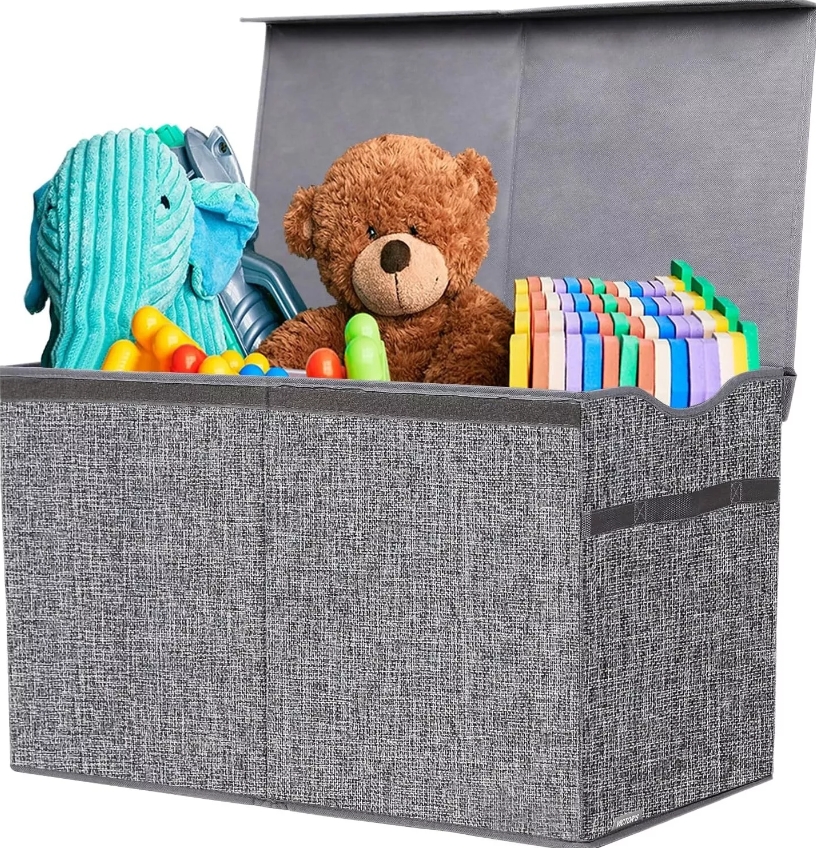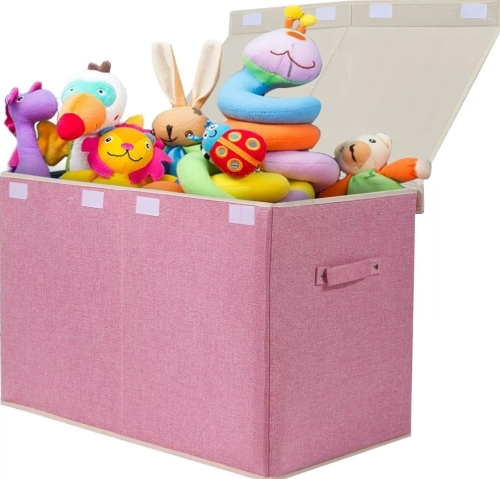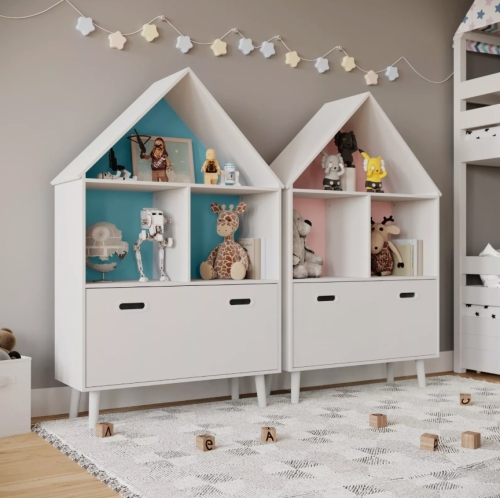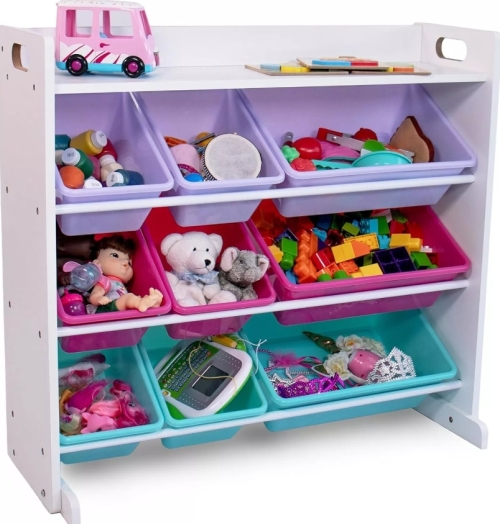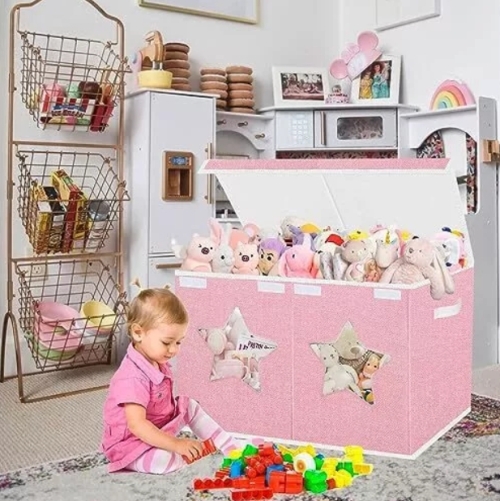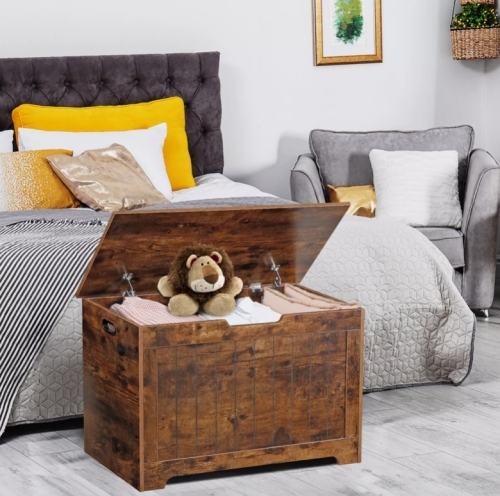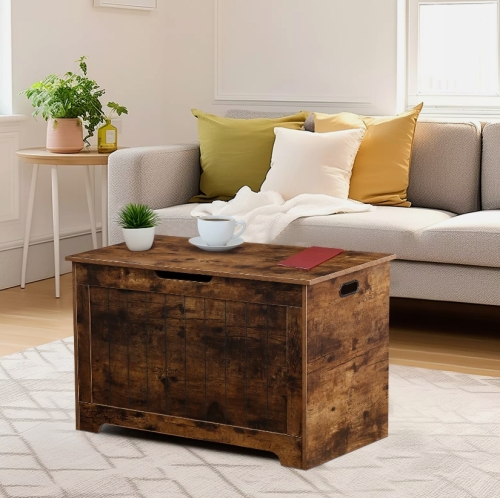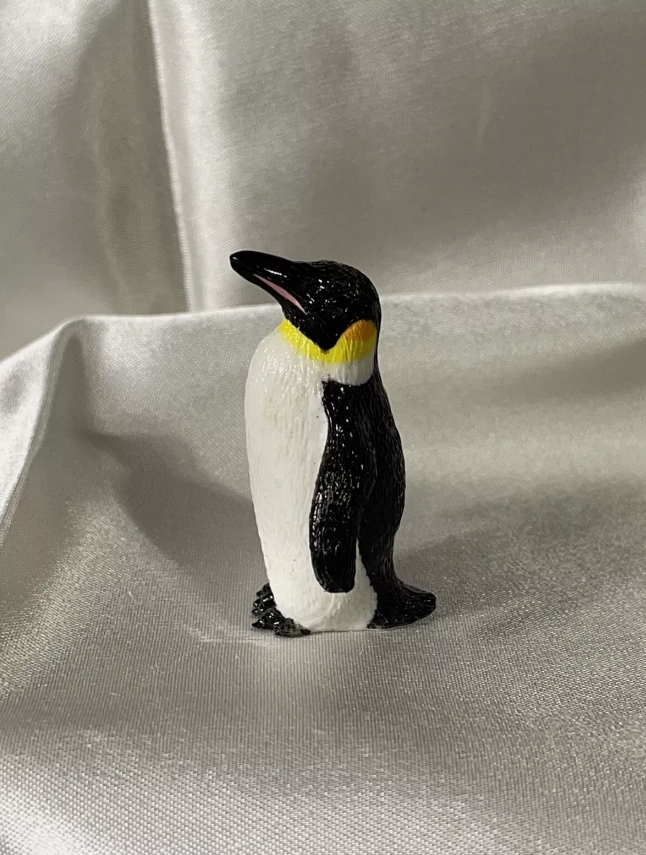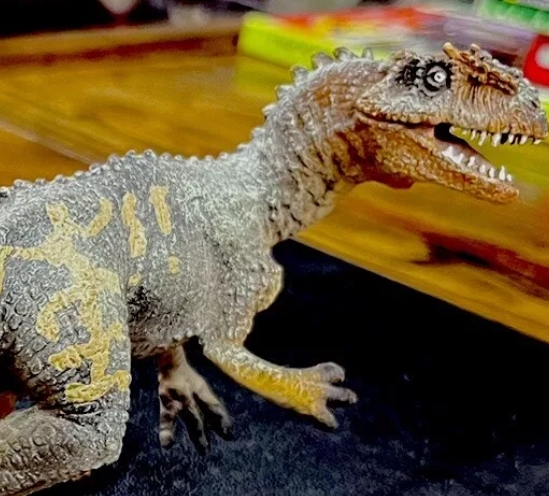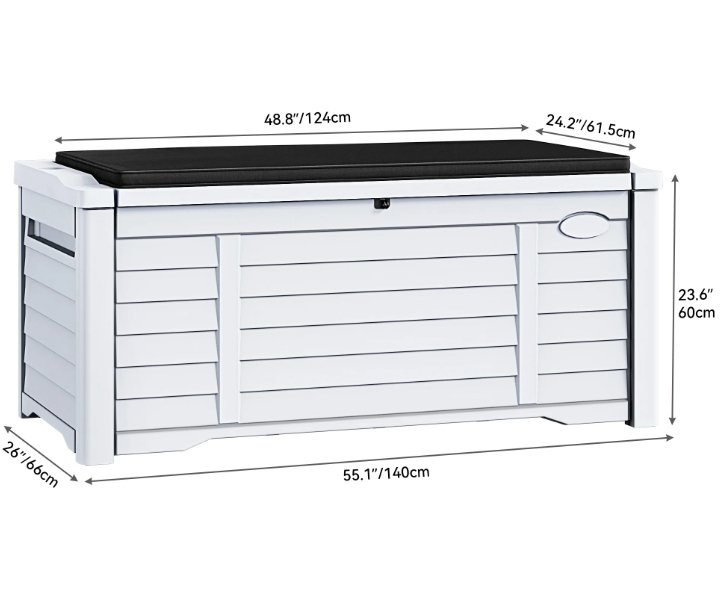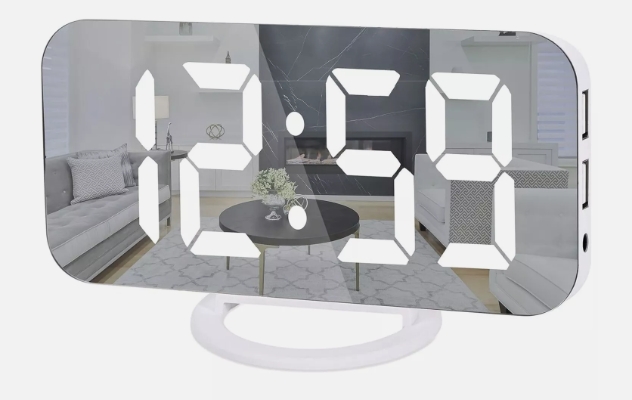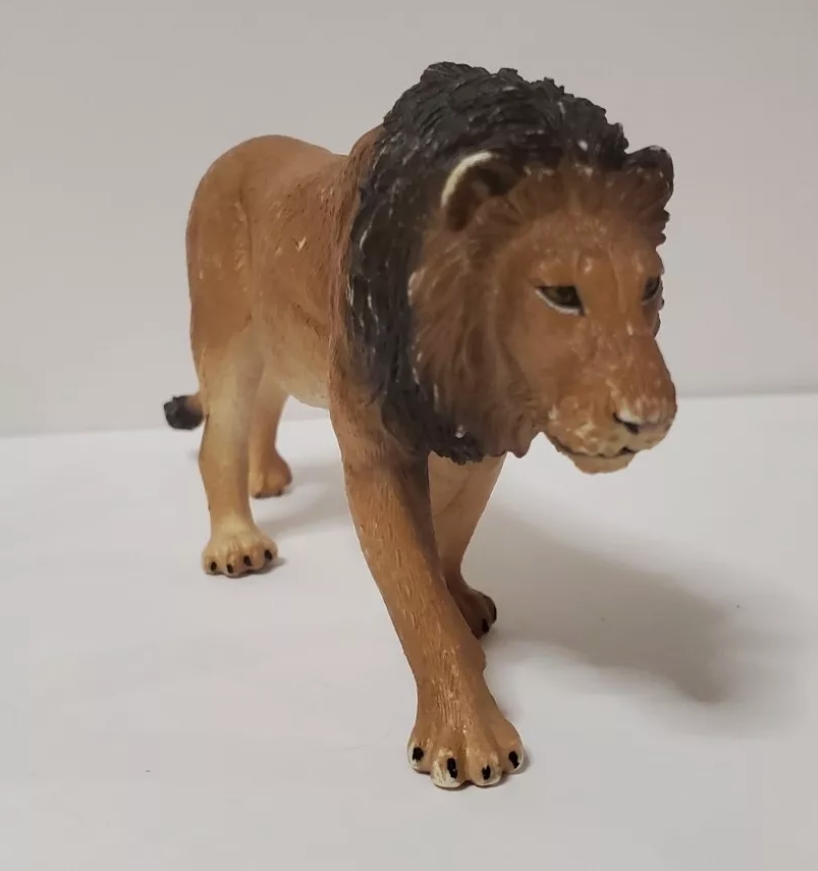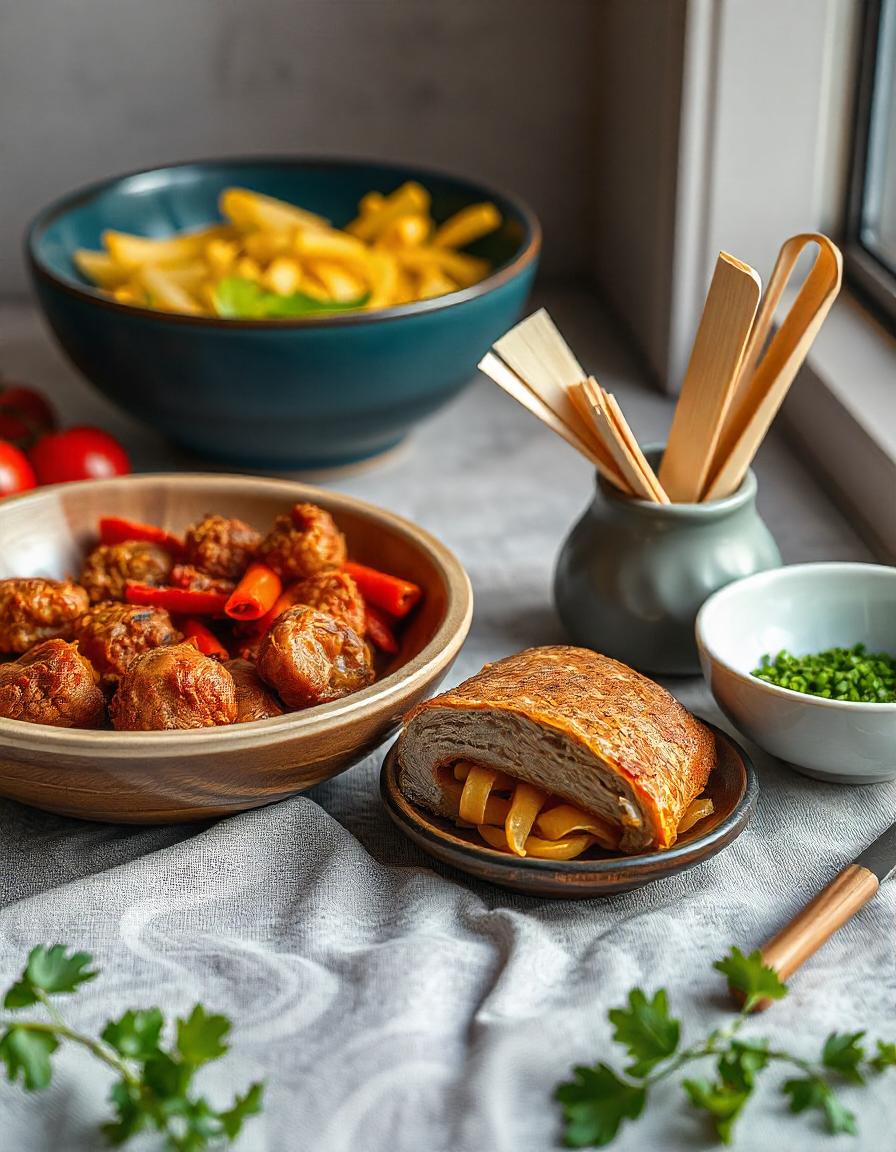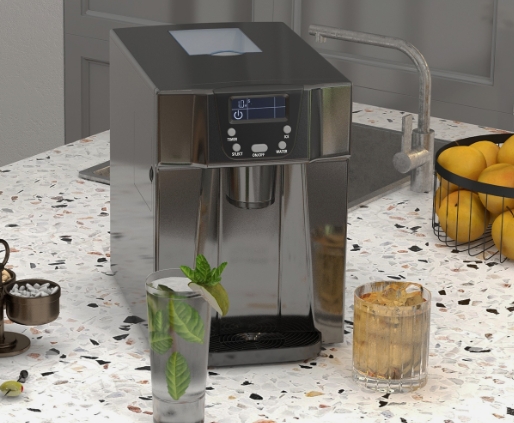In the modern family, toy storage has become an increasingly important topic. Especially for families with children, there are a wide variety of toys and a large number of toys, and a little attention will cause space clutter. Therefore, reasonable toy storage can not only improve the cleanliness of the living environment, but also create a good living and play space for children.
First of all, choosing the right storage tool is the key. There are a variety of toy storage boxes, storage cabinets and cloth bags available on the market. Clear plastic storage boxes are convenient for viewing toys inside, while cloth storage bags are suitable for smaller toys. The use of different materials, colors and shapes of storage tools can add some interest to the entire room, while also engaging children in the storage process.
Secondly, classified storage is an important strategy to improve storage efficiency. Toys can be categorized by type, such as: building blocks, puzzles, plush toys, etc. This is not only convenient for children to quickly find the toys they want when playing, but also emphasizes the habit of sorting, teaching children to learn to arrange items reasonably. In addition, having a dedicated "toy area" helps to centralize management and avoid toys being scattered across rooms.
Encouraging child participation is another important aspect of the collection process. You can set up a "storage time" game, let the child put the toy back to the designated place. This can not only cultivate children's hands-on ability and logical thinking, but also enhance their awareness and responsibility for storage. Developing good storage habits at an early age will have lifelong benefits for them later on.
Finally, regular cleaning of toys that are no longer used is also part of the collection. As children grow, their toy needs change. Regular inspection and selection of toys that are no longer played with can be done by donating these items to those in need, or exchanging them.

